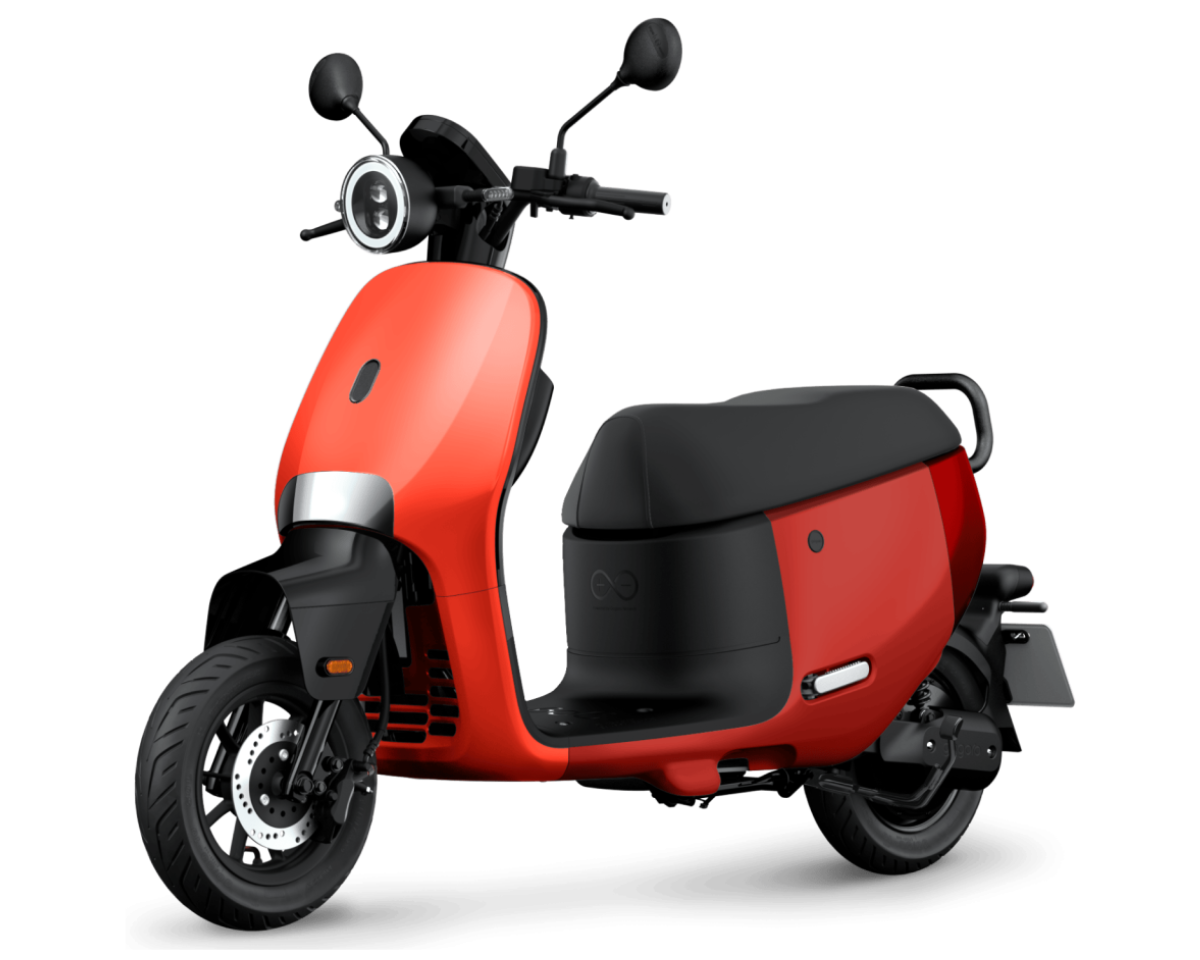This post is for paying subscribers only
Upgrade your account to read the post and get access to the full library of posts and ALLSPARK, our knowledge bank covering 200 startups.
Sign up now Already have an account? Sign inGogoro plunged into a crisis due to the Taiwanese government's enquiry into its claimed local sourcing of motor controllers on the Viva model. The Founder-CEO has resigned...

Upgrade your account to read the post and get access to the full library of posts and ALLSPARK, our knowledge bank covering 200 startups.
Sign up now Already have an account? Sign in